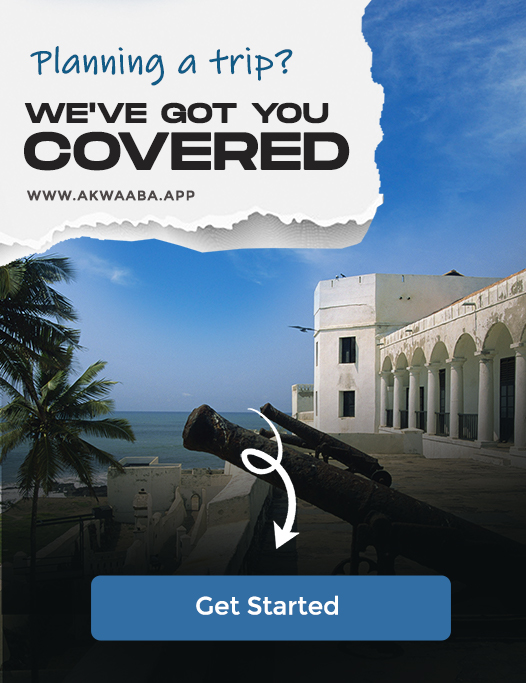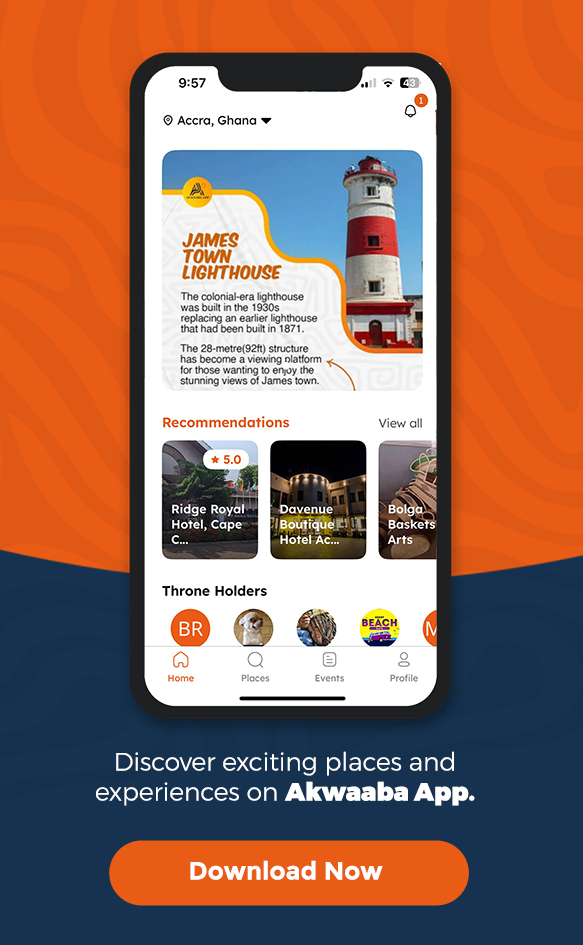Bia National Park
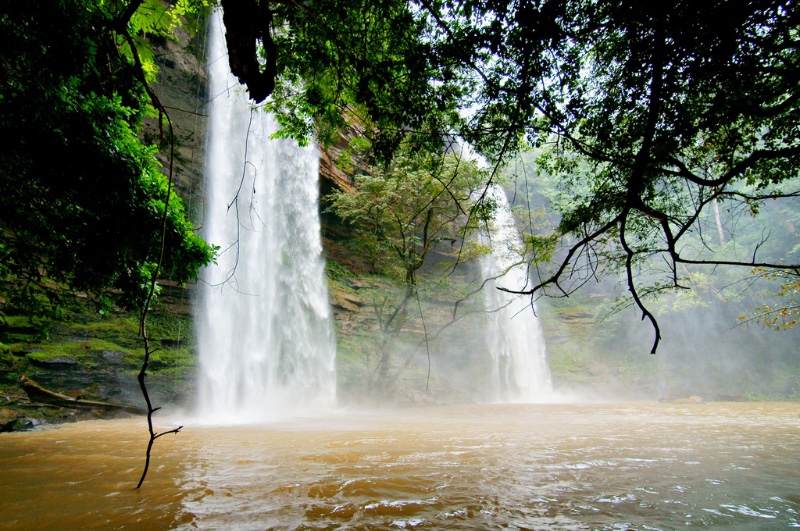
Nestled in the vast wilderness of the Western North Region of Ghana lies the Bia Conservation Area. This twin area covers 306 km², comprising 77.7 km² of Bia National Park in the north and 227.9 km² of Bia Resource Reserve in the south. The region is situated in the transition zone between moist evergreen forests in the south and moist semi-deciduous forests in the north.
The area experiences an average annual rainfall of 1500 mm to 1800 mm, with relative humidity reaching 90% at night and 75% during the afternoon. Mean monthly temperatures range between 24°C and 28°C. Geographically, it is situated within the Juaboso-Bia landscape and falls under the jurisdiction of the Bia and Juaboso Districts, with Essem-Debiso and Juaboso serving as their capitals, respectively.
Where Is Bia National Park Located?
Bia National Park is located in the Western North Region of Ghana. It is easily accessible from major towns such as Takoradi, Kumasi, Bibiani, and Tarkwa-Sefwi. Its strategic location in the Juaboso-Bia landscape makes it an ideal destination for nature lovers and conservation enthusiasts.
What Wildlife Can Be Found in Bia National Park?
Bia National Park is home to an incredible array of wildlife, including African forest elephants, chimpanzees, White-nosed sooty mangabeys, Olive colobus, Red colobus monkeys, bongo, and bushbuck. Over 130 bird species and 404 butterfly species have been documented, showcasing the park’s incredible biodiversity. The park is particularly renowned for being the first UNESCO-recognized Biosphere Reserve in Ghana.
What Are the Key Attractions Near Bia National Park?
In addition to the park itself, visitors can explore the Bia Resource Reserve, which forms a part of the twin conservation area. The reserve’s diverse ecosystems and wildlife provide ample opportunities for eco-tourism and research. Other attractions in the region include scenic trails, cultural landmarks, and community-led eco-tourism initiatives.
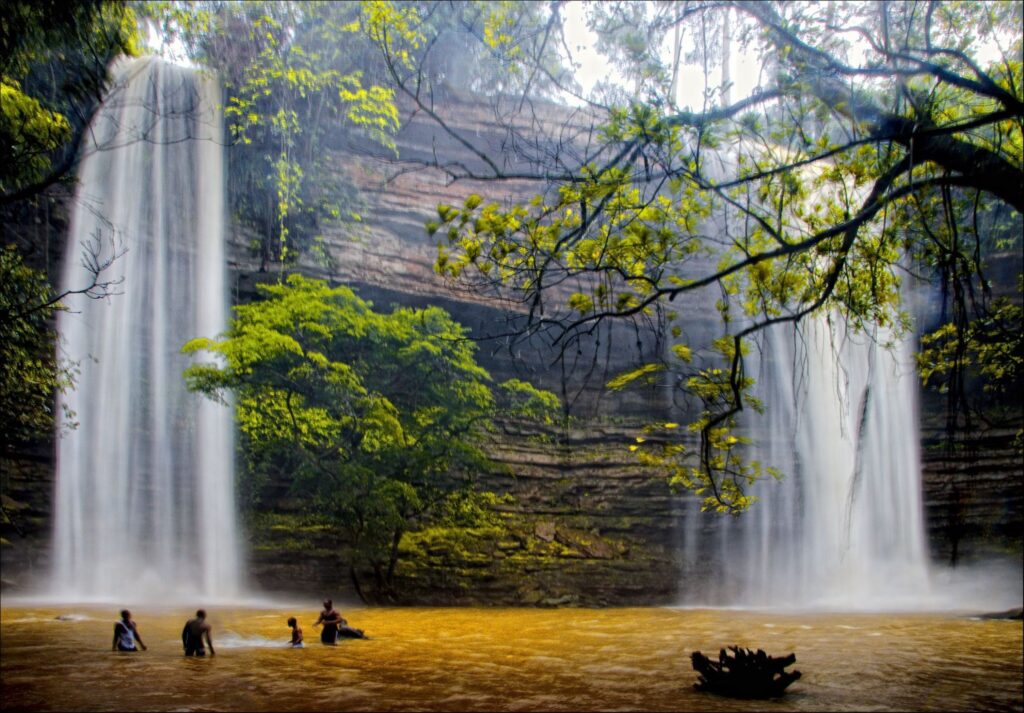
When Is the Best Time to Visit Bia National Park?
The best time to visit Bia National Park is during the dry season, which runs from November to April. During this period, the weather is favorable for outdoor activities such as wildlife viewing, hiking, and birdwatching. The rainy season, while less accessible, offers lush greenery and a unique perspective of the park’s ecosystems.
What Are the Accommodation Options at Bia National Park?
Visitors to Bia National Park have several accommodation options to choose from, including:
- Bia Guest House: Located near the park’s entrance, this facility provides comfortable lodging.
- Camping Sites: For a more adventurous experience, visitors can camp in designated areas within the park.
- Nearby towns such as Essem-Debiso and Juaboso also offer guest houses and budget-friendly lodging options.
What Should You Pack for Your Visit to Bia National Park?
When visiting Bia National Park, it is essential to pack appropriately. Key items include:
- Walking boots for navigating the park’s trails
- Long-sleeved clothing to protect against insects
- A hat and sunscreen for sun protection
- A tour guidebook or a local guide for an enriched experience
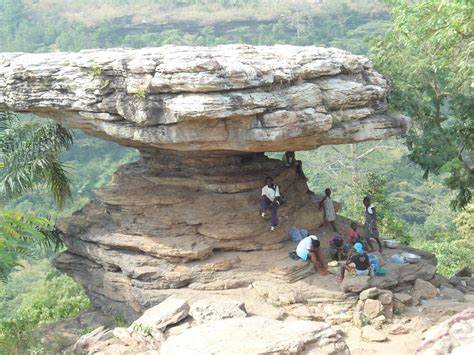
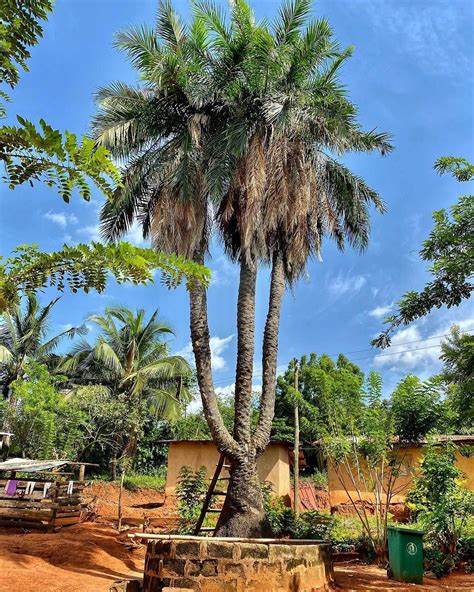
What Dining and Restaurant Options Are Available Near Bia National Park?
Dining options near Bia National Park include local restaurants serving authentic Ghanaian cuisine. Visitors can savor dishes such as fufu, jollof rice, and grilled tilapia. For those staying at the Bia Guest House, in-house dining services are available.
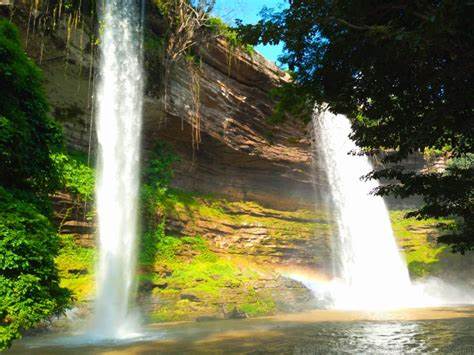

What Are the Transport Options for Getting to Bia National Park?
Bia National Park is accessible via road from major cities such as Takoradi, Kumasi, and Bibiani. Visitors can hire private vehicles, use public transport, or arrange guided tours that include transportation.
What Are the Entrance Fees for Bia National Park?
Entrance fees for Bia National Park vary based on visitor categories (e.g., locals, international tourists, researchers). Specific rates can be obtained from the park’s official website or visitor center.
What Is the Park’s History and Significance?
Bia National Park holds significant historical and ecological value. Established as a protected area in 1935, it later became the first UNESCO Biosphere Reserve in Ghana. The park’s role in conserving rare and endangered species, such as the white-breasted guinea fowl and forest elephants, underscores its importance in global biodiversity conservation efforts.
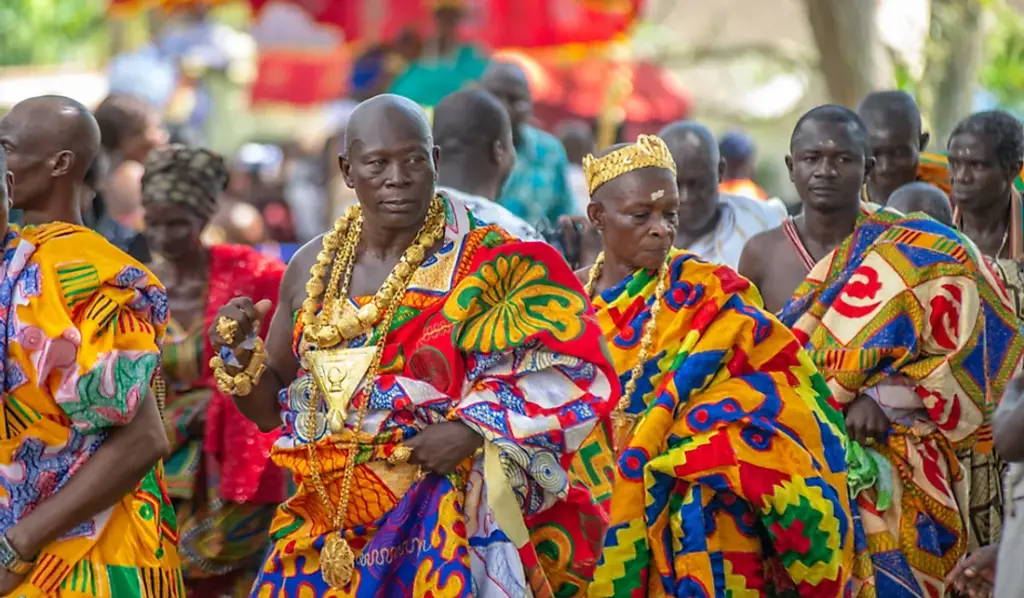
Akwaaba App: Your Guide to Exploring Ghana
To make your visit to Bia National Park even more enriching, consider using the Akwaaba App. This comprehensive travel app provides valuable insights into Ghana’s attractions, including Bia National Park. Features include:
- Interactive maps for easy navigation
- Information on accommodation, dining, and transport options
- Cultural tips and local guides
- Real-time updates on events and activities
The Akwaaba App is your ultimate travel companion for discovering the beauty and diversity of Ghana.

